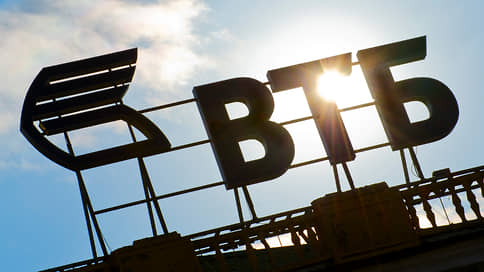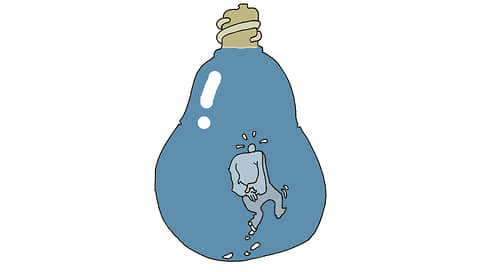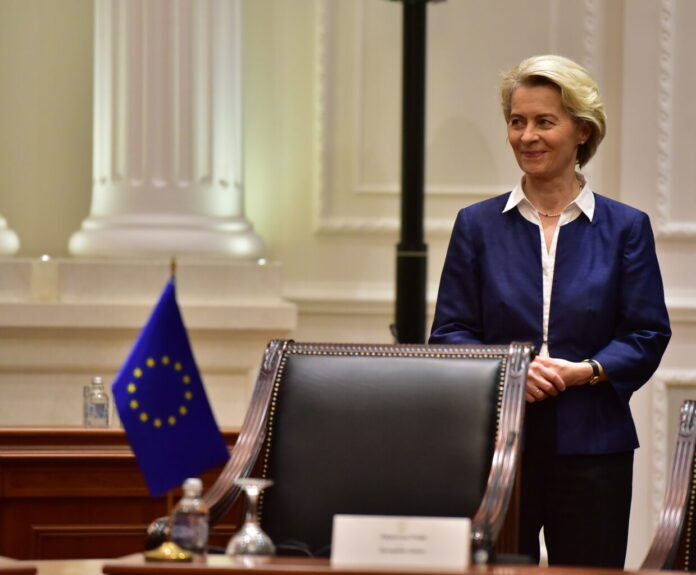VTB launches the « ruble » of currency subordinated bonds

VTB (MoEx: Vtbr) announced the beginning of the procedure for replacing eternal currency subordinated bonds with eternal ruble bonds to meet the new requirements of the Central Bank to regulate the open foreign currency position. In order for eight issues of securities nominated in dollars and euros to be transferred to the Russian currency, three quarters of the holders of each issue should vote for these changes. Experts believe that not least, because of this, the bank offers investors the highest profitability of the possible-the key rate of the Central Bank plus 5 p.
On May 13, VTB Bank announced that he launches the “Rables” procedure of currency subordinated bonds. Eight eternal subordinated bonds nominated in US dollars ($ 2.78 billion) and euros (€ 0.36 billion) will be transformed into eternal ruble subordinated bonds. As explained in the bank, this decision is due to the fact that in 2024 the Central Bank introduced a new regulation of the open currency position of the banks, which provides for the significant limit of the « volatility of the basic capital by including perpetual subordinated tools. »
As previously noted by the first deputy chairman of VTB Dmitry Pyanov, in 2024 it was impossible to release subordinated bonds with a profitability above 15% per annum, but at the end of December the regulator changed the rules (see Kommersant on March 14). According to the new rules, the Bank of Russia allowed to release ruble subordinated bonds with a floating rate, the value of which cannot exceed the key rate (CS) by 5 p. (Currently 26%). At the same time, as the top manager of VTB noted, the Bank of Russia made it possible to conduct a “ruble” on conditions so comfortable for holders only until June 30, 2025.
Experts also consider the proposed conditions comfortable for investors. Akricapala CEO Alexey Tretyakov noted that now VTB currency subordinates are traded at prices 73–80% of the face value at a dosin yield of 3.75–9.5% per annum, and after the “ruble”, coupon yield will increase to 26% per annum. “I think the quotes of issues will grow to 90-100%,” he estimates. Investors who do not agree with the terms of exchange can sell their papers and go to other foreign currency tools. Such sales, according to Mr. Tretyakov, are “they will not put much pressure on the cost of papers, since a counterclaim of buyers is possible, who will be interested in buying the VTB eternal bonds with a KS+5%coupon for the face discount.”
At the same time, according to the law “On the Securities Market”, in order to make changes to the bond documents, it is necessary that three quarters of their holders vote for this. “For each issue, we will collect a general meeting of bond holders and offer them a new documentation registered in the Central Bank,” Dmitry Pyanov said earlier. The bank plans to hold all the necessary meetings until May 30.
In case of any bond release, it is not possible to gain 75% of the votes for the proposed changes, in the VTB they work out plan B, “allowing“ ruble ”to interested investors even if positive decisions are not found on the results of the vote.” As stated in a credit institution, it is planned to “evaluate the activity of bond holders upon completion of voting and develop further steps depending on its outcome.” Earlier, Mr. Pyanov explained that if, for some issues, it would not be possible to get 75% of approval of changes, then the bank will offer those who voted “for”, exchange a currency nominated subordinate for a new registered ruble. In this case, a number of difficulties may arise, since some of the issues took place when there was no concept of “qualified investor”, as a result, there are unskilled investors among their holders. Today, according to the VTB top manager, they will not be able to buy or exchange papers for new ones, « you need to find some kind of solution. » In addition, a lot of 10 million rubles is now installed for new subordinates, and it does not coincide with those lots that were in the replaced issues. In particular, bonds had a face value of $ 150 thousand (about 13 million rubles) and € 125 thousand (11.8 million rubles).







